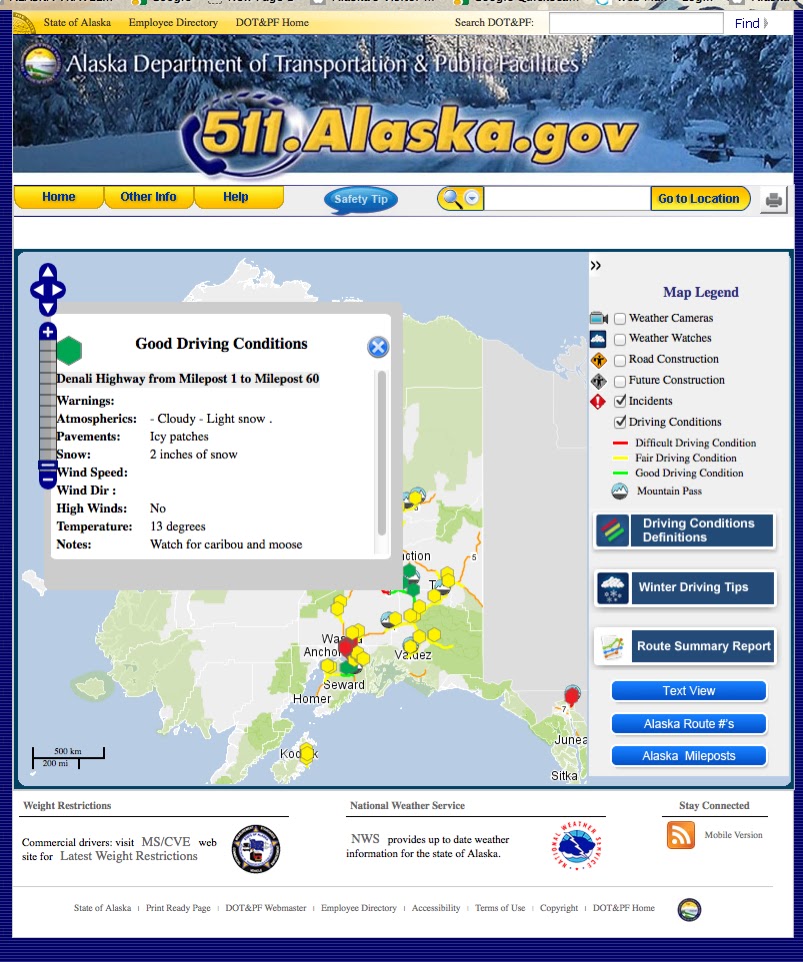Here Comes The Cold Weather! It's Time To Chink The Cabin
Copper River Country Journal Staying Warm As Winter Approaches Dried mud doubles as "sod" on the roof of a log cabin in Chicken....
https://www.countryjournal2020.com/2024/08/here-comes-cold-weather-its-time-to.html
Copper River Country Journal
Staying Warm As Winter Approaches
 |
| Dried mud doubles as "sod" on the roof of a log cabin in Chicken. (Photo, Copper River Country Journal) |
Cabins Were Chinked By Grabbing Whatever Was Available: Newspapers, Socks, Rope, Moss, Burlap Sacks...
The Alaskan cabin is made of logs -- irregular, tapering logs. Between those logs there are cracks. And, in a place where the winter temperatures easily dip to Minus 20, and often to Minus 40 and below, the gaps left between the logs are dangerously unbearable sources of incoming cold."Chinking" is the process of putting something between the cracks. One time-honored chinking material, in rural Alaska, is sphagnum moss, which compresses nicely, and retains a jaunty air in midwinter, as small berries and white and green moss sets off a nice accent against the logs, for many years.
 |
| Burlap sacks, the print still clearly visible, jammed between logs at an old Fairbanks cabin at Pioneer Park. (Photo, Copper River Country Journal) |
But sphagnum moss eventually aged, and fell out, and when it did, the cabin's inhabitants would just grab whatever was available, and jam it into the cracks, in desperation.
 |
| Cabin chinked with newspapers and hanks of oakum in Fairbanks. Normally the oakum is separated into neat strings. (Photo, Copper River Country Journal) |
Sometimes they used old socks, magazines or newspapers, ripped-up pants, rope or anything else within easy reach. In general, when you build a log cabin you sometimes chink it with oakum. "Oakum" is a rope-like hemp fiber that's been tarred, and that was used on old wooden ships to caulk them and keep them waterproof during whaling days.
To hold the burlap, paper, or moss in place, cabin owners frequently put saplings or strips of wood over the cracks, on top of the chinking. In Copper Center, there's a log cabin with a variant of that process. Cut-up pieces of old Blazo cans were used on an outbuilding to secure the chinking.
Because hot air rises, it was important for the roof to be insulated. This wasn't always possible. The photo at the very top of this page shows a cabin in Chicken, Alaska. It's covered with saplings, which are topped with dried mud, thrown by the shovel and bucketful, onto the rooftop to provide some sort of insulation. It wasn't much. Insulating qualities are measured by something called the "R-value." Fiberglas insulation has an R-value of around 4. Foam spray can go up to 8. But ordinary dirt has an R-value of only around 0.25.
 |
| Moss & dirt chinked the logs at the Black Rapids Roadhouse on the Richardson Highway, south of Delta Junction. (Photo, Copper River Country Journal) |
Of course, people often call this type of cabin roof insulation "sod"-- reminiscent of prairie sod, out in the balmy western states. Prairie sod was made of thick mats of vegetation. But the soil in Interior Alaska is practically sterile, and devoid of vegetation. It was just mud. And this was a mud-covered roof. Plain and simple.
 |
| Strips of cut-up Blazo fuel cans hold chinking down at an old Copper Center log cabin. (Photo, Copper River Country Journal) |

















